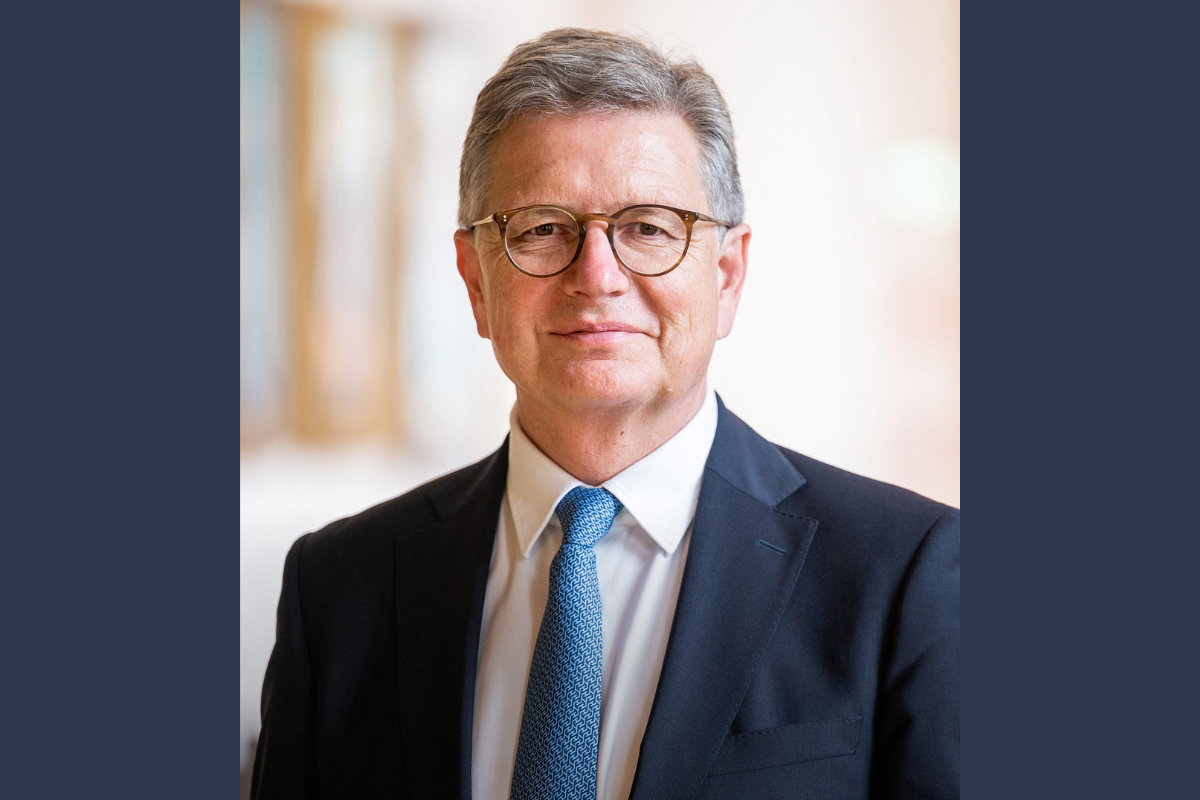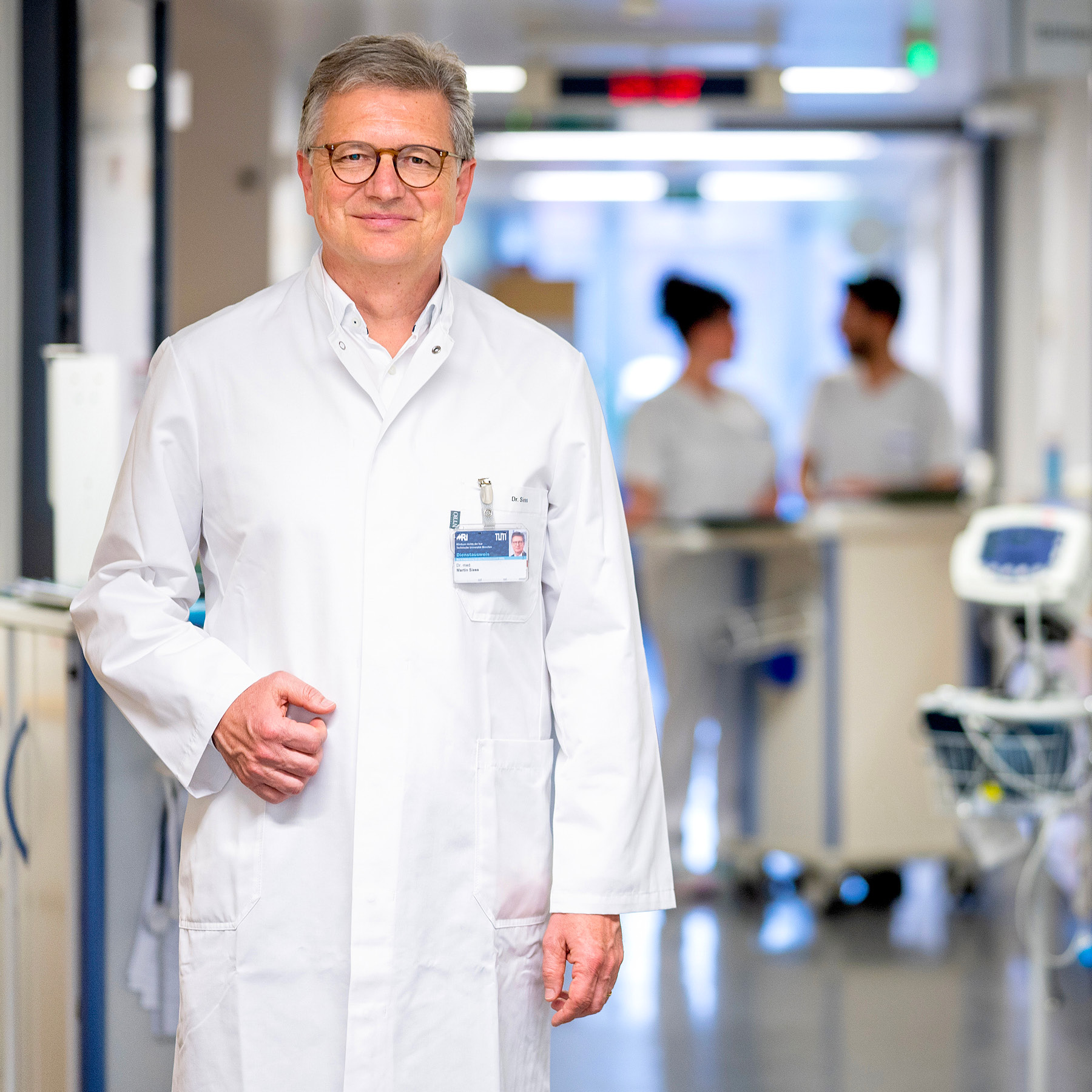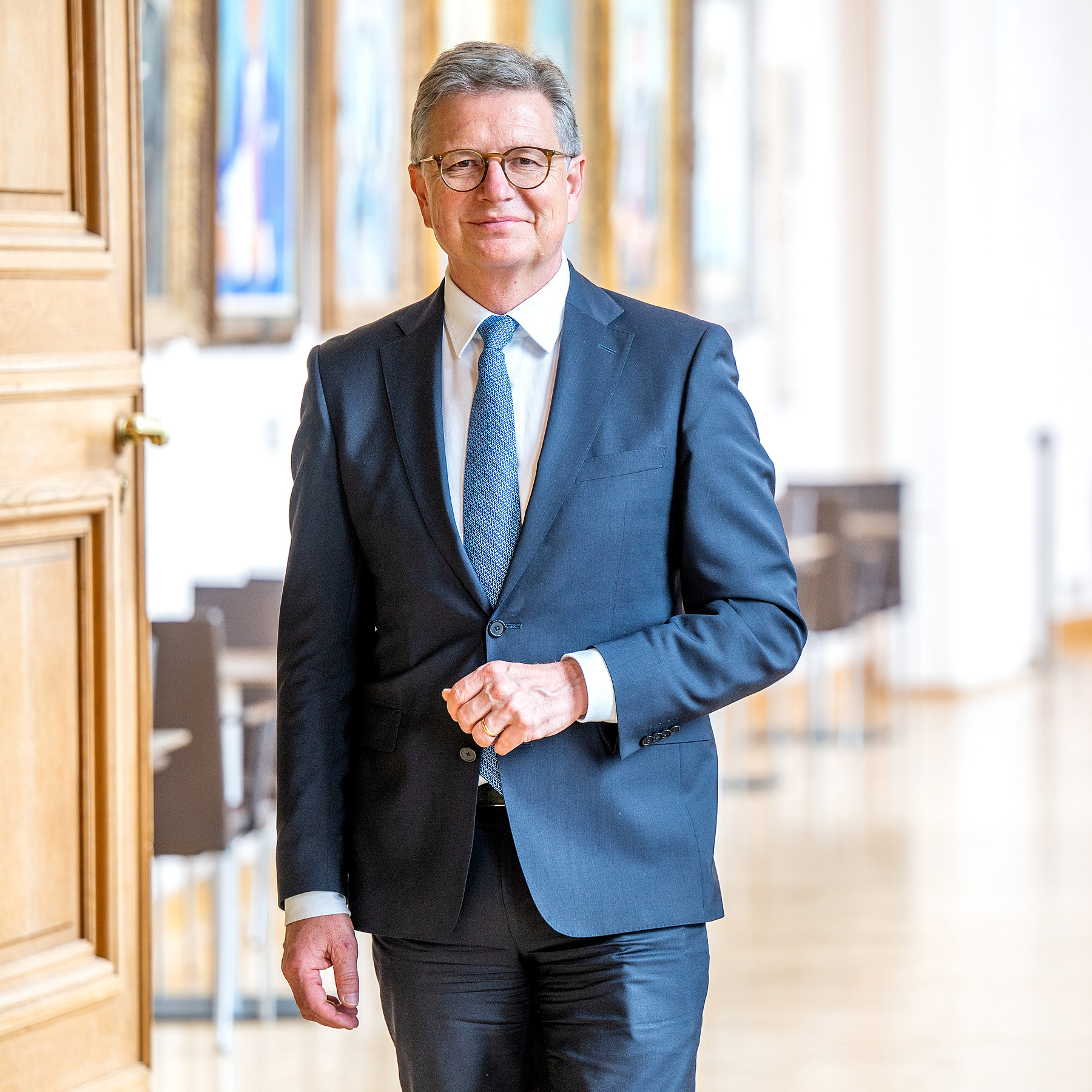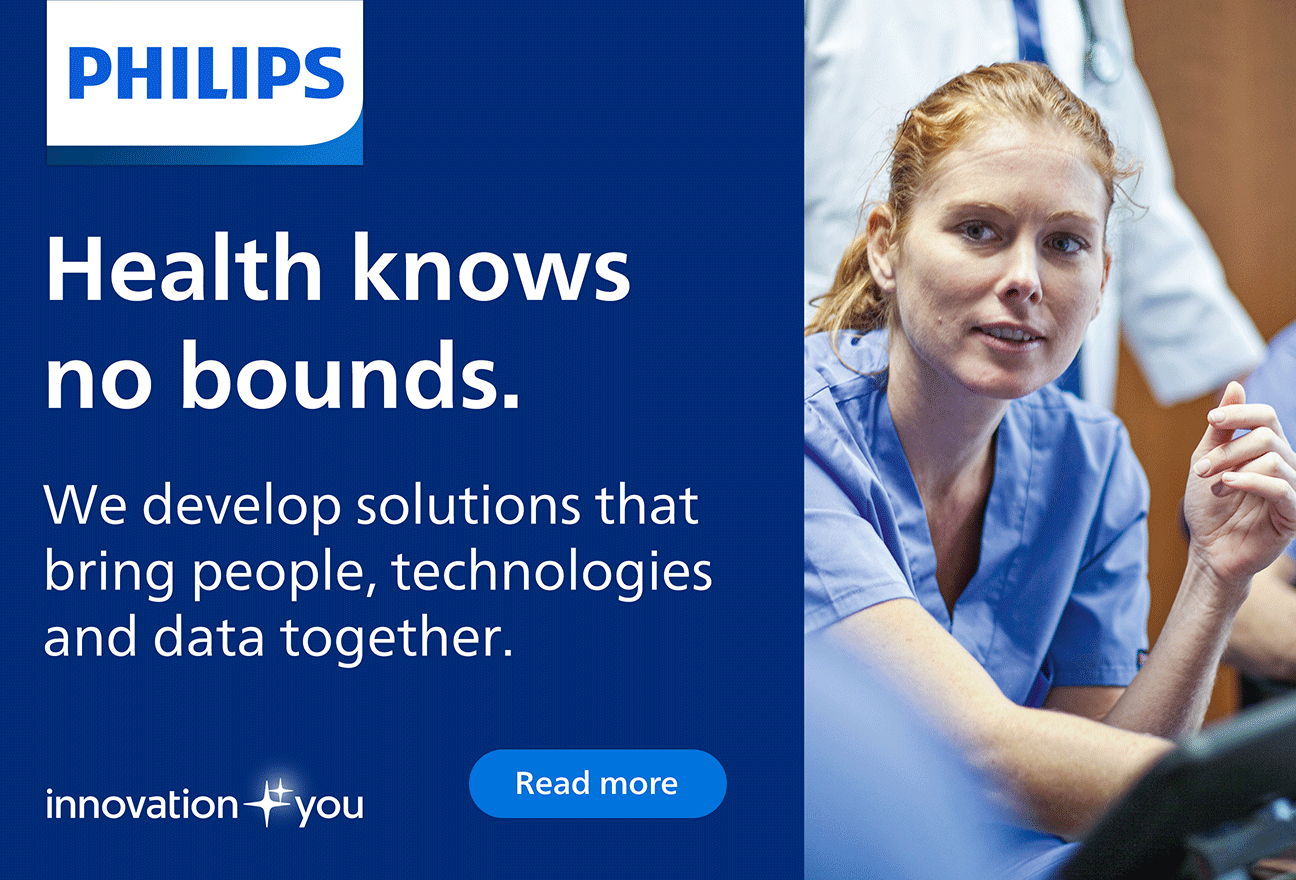Of all the industries impacted by the COVID-19 pandemic, there’s no question the medical sector faced some of the greatest challenges in responding to this once-in-a-generation event. From overwhelmed hospitals to problems accessing essential products due to supply chain weaknesses and acute worker shortages, many of these issues are still being dealt with across the medical sector today.

For Martin Siess, Medical Director at Klinikum Rechts der Isar der Technischen Universität München, the teaching hospital of the Technical University of Munich and TUM School of Medicine, his extensive medical background and experience prepared him as well as possible for the challenges he now faces.

Siess began his career in an emergency department in Munich, but after receiving board certification, he made the move to become a management consultant to get the knowledge and know-how in management in order to solve the organizational problems he saw on a daily basis in hospitals.
“I was wondering how I could fix those organizational problems. It was my main driver to leave medicine and patient care, which I really loved. But I wanted to have a broader impact in the hospital,” he says.

We want to create a comprehensive health-care provider system.
Complex ecosystem
Now, several years after the pandemic began, Siess and his team at Klinikum are not only contending with the aftermath of this event but also other long-standing issues. The pandemic changed how work is to be undertaken in the hospital, how care is provided to patients and how the team is able to serve the community.
“I would say this is the most recent and the biggest challenge we had because we had to shift staff and we had to reorganize our clinical enterprise,” he says. In addition, due to the non-profit status of the hospital and the highly restricted business area they operate within, a deeply bureaucratic financial system also proves a challenge.
“We get our reimbursements from healthcare insurance companies, or as we say, in Germany, the sickness funds and the investment part comes from the state. The financial restrictions are very tough here,” explains Siess.
Managing patient care in this environment with consideration needing to be given to the viewpoints of the government, payers and patients, as well as to the financial pressure, is demanding.
As companies in most industries have come to discover in recent years, staff shortages are a core issue that is complicating operations. According to Siess, this shortage of nurses is not confined to Germany, with this being a global challenge.
“I was in the United States in October, and they had the same problem about nursing and healthcare professionals leaving the hospital after the pandemic because of the high pressure and intensity of work,” he says.
Innovation focus
For Siess, the main motivation that drives him to do the job is to work with brilliant people who care for patients. Supporting caregivers to do their best for patients has been aided by Siess’ managerial consultancy background, as it has enabled him to bring on board the knowledge to solve organizational problems in hospitals and provide a comprehensive range of care.
Technology innovation plays an essential role in enabling patients to receive the best care possible. The potential of better incorporating AI into hospital operations is a main focus for Siess, especially around patient imaging.

We also are looking for robotics to support patient care, especially for nurses.
“Robotics is the second focus,” he adds. “We are currently setting up a huge program for medical robotics. Then for digitalization, we’ve received extra funding from the federal government to further digitalize our medical processes, with the main role for this being in surgery,” he says.
Inclusive Leadership
In the medical field, where Siess speaks to some of the finest minds working today, he makes a point of being a careful listener and looks for different perspectives to involve people in decision-making.
“As the CEO, you always have to think big. I’m very results-oriented, so I look for the outcome. Of course, it’s always after careful listening and hearing different perspectives. And sometimes you have to make a bold decision.”
A surgical program for robotics that seeks to bring in new minimally invasive technologies to the patient, combining imaging and robotics in order to, for example, identify lesions that need treatment is being established.
“We also are looking for robotics to support patient care, especially for nurses,” he concludes. “We want to create a comprehensive health-care provider system.”



